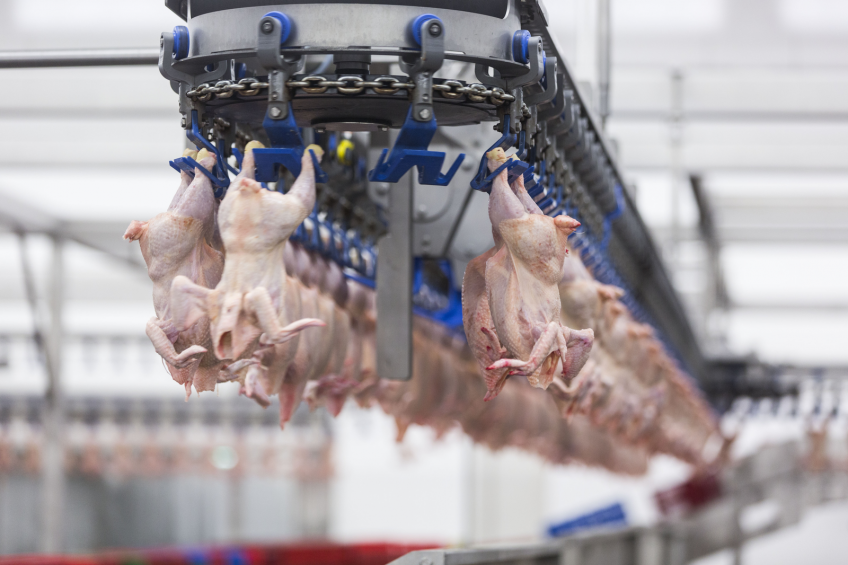Efficacy of feed additives against Campylobacter

Campylobacter is the major cause of bacterial gastroenteritis in humans worldwide. In the EU, it has been the most commonly reported gastrointestinal bacterial pathogen since 2005, with 214,779 human cases reported in 2013.
The EU baseline survey in the broiler meat chain conducted in 2008 revealed that the mean prevalence of Campylobacter is 75.8% for broiler carcasses. As a consequence, contaminated broiler meat products may serve as a source for cross-contamination to other foodstuffs and surfaces during meal preparation. The implementation of Campylobacter control measures at the primary production level are therefore needed to reduce human exposure. Few studies have evidenced a positive role of probiotics in preventing or reducing the shedding of C. jejuni in in vivo trials, although in vitro studies reported strong antimicrobial activity of several probiotic strains against this pathogen.
Plant extracts have shown to prevent the grown of bacteria
A wide range of plant extracts and compounds have demonstrated strong bactericidal activity against Campylobacter spp. in vitro. A total of 636 day-of-hatch Ross308 broilers chicks were used to screen the effect of 12 feed additives on reducing caecal colonisation of Campylobacter in broilers. The tested additives were probiotics based on Bacillus subtilis and Saccharomyces cereviseae, a garlic extract, a blend of herbal substances and essential oils, 2 different combinations of essential oils and organic acids, 2 mixtures of flavouring compounds, medium chain fatty acids and mono-glycerides.
C.Jejuni could not be prevented by the treatments but pathogen counts were reduced
At 14 days-old, all the birds were orally infected with 0.1 ml of a bacterial suspension of C. jejuni ST45 diluted at 105 cfu/ml. Birds fed with medium chain fatty acids and a mixture of mono-glycerides and medium chain fatty acids showed a significant (P < 0.05) reduction in caecal Campylobacter colonisation compared with the control group at 35 days, but only the group treated with the mixture maintained the reduction at 42 days. Results of the 2nd experiment showed no significant differences (P > 0.05) in caecal Campylobacter counts between the treated and control animals.
None of the treatments were able to completely prevent the colonisation of chickens by C. Jejuni. Medium chain fatty acids and a mixture with monoglycerides were able to reduce the pathogen counts.
You can read the abstract from the study Efficacy of feed additives against Campylobacter in live broilers during the entire rearing period: Part B here.
M. I. Gracia, C. Milla´n, J. Sa´nchez, M. Guyard-Nicod’eme, J. Mayot, Y. Carre, A. Csorbai, M. Chemaly and P. Medel,













